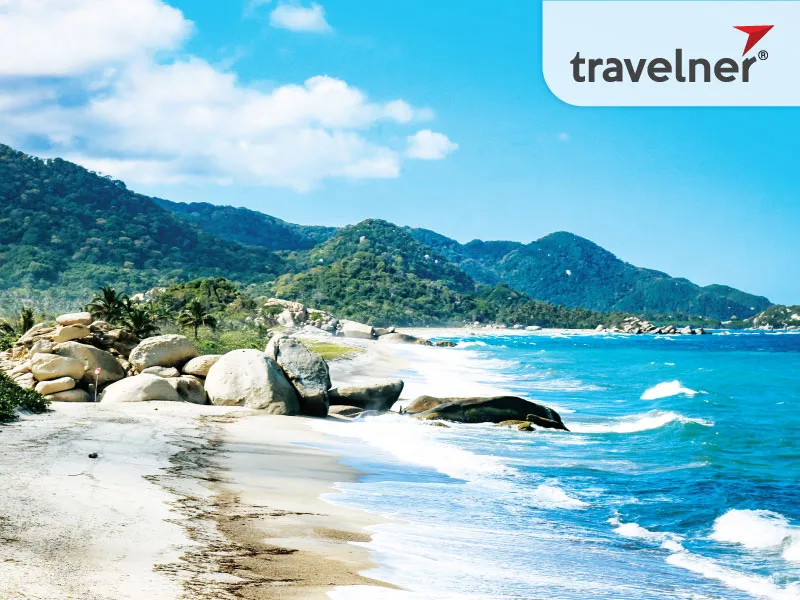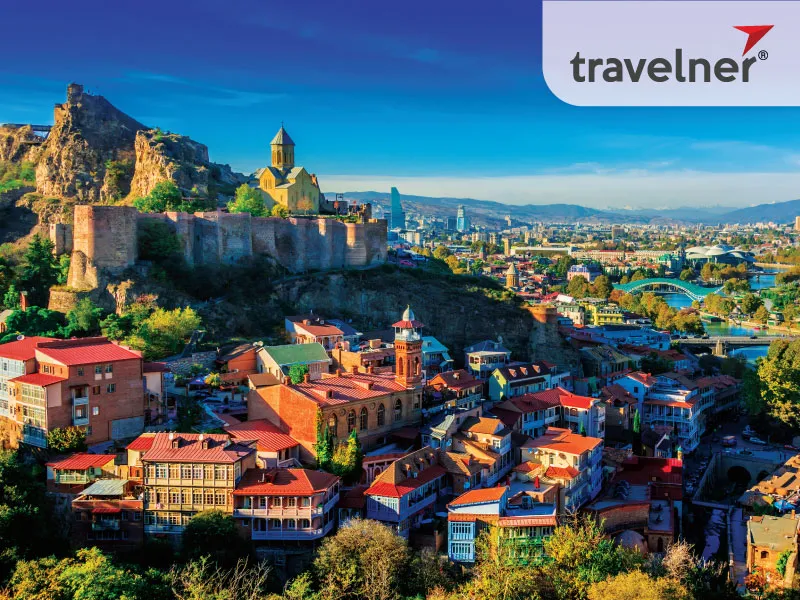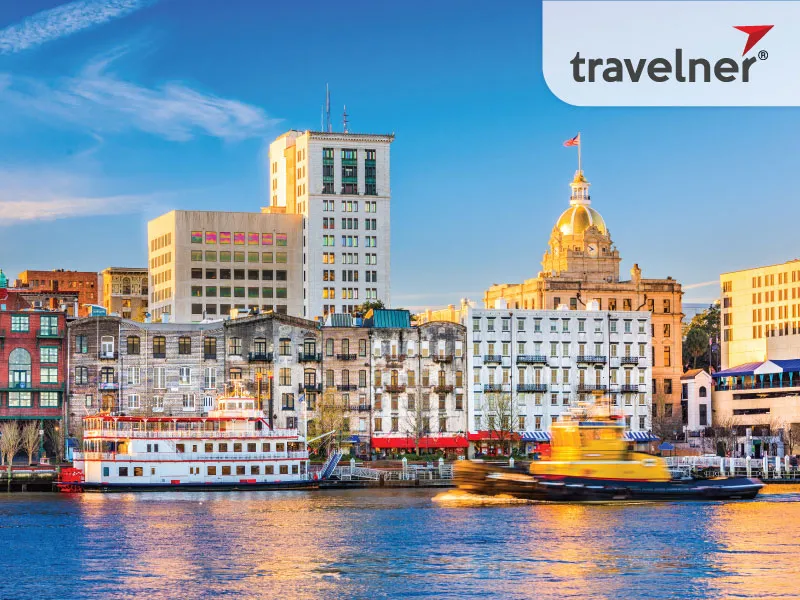Georgia, nestled at the crossroads of Eastern Europe and Western Asia, is celebrated not only for its rich history, unique culture, and distinctive cuisine but also for its pristine and diverse natural beauty. From the majestic peaks of the Caucasus Mountains to the serene shores of the Black Sea, Georgia is a haven for nature enthusiasts. Its natural reserves play a crucial role in preserving the country’s biodiversity and unique landscapes. This guide will take you through some of Georgia’s most remarkable nature reserves, helping you plan a fulfilling and meaningful nature exploration journey.

Discovering Biodiversity in Georgia’s Nature Reserves
Despite its small size, Georgia boasts an astonishing variety of terrains and climates, fostering the development of unique ecosystems. The nature reserves established across the country serve as vital sanctuaries for wildlife and also as captivating destinations for visitors eager to connect with nature. From high-altitude mountains with eternal glaciers and vast coniferous forests to humid subtropical woodlands and coastal wetlands, each reserve offers distinct beauty and unique exploratory experiences.
Kazbegi National Park: Witnessing Legendary Peaks and Majestic Nature
Kazbegi National Park, located in northern Georgia, is among the most famous and accessible nature reserves. The park’s highlight is Mount Kazbek (also known as Mkinvartsveri), a 5,047-meter-high dormant volcano perpetually capped with snow and ice. Kazbegi is not only a natural icon but also holds deep cultural and historical significance for the Georgian people.

Kazbegi National Park spans a vast area, encompassing diverse terrains such as high mountains, glacial valleys, alpine meadows, and shrub forests. Its flora and fauna are incredibly rich, featuring rare species like the Caucasian tur, brown bears, gray wolves, golden eagles, and numerous other bird species. The characteristic vegetation of Kazbegi includes pine and birch forests in lower areas, along with shrubs and alpine flowers at higher elevations.
Things to Do and Experience:
- Mountaineering and Hiking: Kazbegi is an ideal destination for mountaineering and hiking enthusiasts. There are numerous trails with varying difficulty levels, suitable for both beginners and experienced hikers. The most popular route is the hike to Gergeti Trinity Church, an ancient architectural marvel perched on a high hill with stunning views of Mount Kazbek.
- Sightseeing and Photography: The majestic natural scenery of Kazbegi provides endless inspiration for photography lovers. You can admire panoramic views of towering mountains, lush green valleys, and pristine white glaciers.
- Exploring Stepantsminda Village: Stepantsminda village, the administrative center of the Kazbegi region, is a charming small village at the foot of Mount Kazbek. Here, you can learn about local culture, savor traditional cuisine, and rest before embarking on your nature exploration journey.
Best Time to Visit: Summer (June to September) is the best time to visit Kazbegi, with warm and pleasant weather ideal for outdoor activities. Winter (December to March) transforms Kazbegi into an attractive destination for skiing and winter sports.
Borjomi-Kharagauli National Park: Georgia’s Largest Reserve with Diverse Ecosystems
Borjomi-Kharagauli National Park is the largest protected area in Georgia and one of the largest national parks in Europe. Covering over 850 sq km, the park stretches across six different administrative regions, showcasing the diverse terrain and rich ecosystems of the Lesser Caucasus. Borjomi-Kharagauli is renowned for its vast primeval forests, ranging from coniferous to mixed and deciduous forests, along with alpine meadows and deep gorges.

The flora and fauna of Borjomi-Kharagauli are incredibly diverse and precious. It is a habitat for many endangered species such as brown bears, Caucasian lynx, red deer, and numerous birds of prey. The park’s vegetation is also rich, with over 1,200 species of vascular plants, including many endemic and rare species.
Things to Do and Experience:
- Hiking and Trekking: Borjomi-Kharagauli has a well-developed network of hiking and trekking trails, totaling over 400 km in length. The trails are clearly marked and vary in difficulty, suitable for all types of visitors. You can choose day hikes or multi-day trekking adventures to explore the park’s beauty in depth.
- Camping: The national park has several designated camping areas, allowing visitors to experience a night in the wild. Camping is a fantastic way to enjoy fresh air, stargaze, and immerse yourself in the sounds of the forest.
- Wildlife Watching: Borjomi-Kharagauli is a paradise for wildlife enthusiasts. You can join eco-tours for a chance to spot brown bears, red deer, lynx, and many other rare bird species in their natural habitat.
- Exploring Borjomi Town: Borjomi town, famous for its natural mineral water springs, serves as a gateway to the national park. You can visit Borjomi Mineral Water Park, learn about the history and process of mineral water extraction, and enjoy the refreshing atmosphere of this resort town.
Best Time to Visit: Summer and autumn (May to October) are the best times to visit Borjomi-Kharagauli, with warm and dry weather ideal for hiking and camping.
Sataplia Nature Reserve: Dinosaur Footprints and Mysterious Cave Beauty
Sataplia Nature Reserve, located near the city of Kutaisi in western Georgia, is a unique destination combining scientific value and natural beauty. Sataplia is famous for its fossilized dinosaur footprints dating back millions of years and its magnificent karst cave system. The name “Sataplia” means “place of honey,” derived from the area’s history as a habitat for wild bees.

Sataplia Nature Reserve is relatively small in size but packed with fascinating attractions. The main highlight is the dinosaur footprint exhibit, preserved in a special greenhouse, allowing visitors to visualize the ancient world from millions of years ago. Additionally, Sataplia boasts several beautiful caves, among which Prometheus Cave (also known as Kumistavi Cave) is the largest and most impressive, featuring spectacular stalactites and stalagmites.
Things to Do and Experience:
- Visiting Dinosaur Footprints: The dinosaur footprint conservation area is a must-see when visiting Sataplia. You will marvel at the fossilized footprints of herbivorous and carnivorous dinosaurs, learning about the geological and paleontological history of the region.
- Exploring Prometheus Cave: Prometheus Cave is a cave system stretching for kilometers, with numerous spacious halls and unique rock formations. Visitors can join guided cave tours to explore the mysterious beauty beneath the earth.
- Walking on the Ecological Trail: Sataplia features several ecological trails leading through forests and meadows, allowing visitors to enjoy fresh air and scenic nature. The “Dinosaur Footprint Trail” is a popular choice, taking you to the dinosaur footprint area and scenic viewpoints.
- Panoramic Views from the Observation Deck: At the summit of Mount Sataplia, a transparent glass observation deck offers panoramic views of Kutaisi city and the surrounding Colchis Plain.
Best Time to Visit: Sataplia can be visited year-round, but spring and autumn (April to June and September to October) are the most pleasant times, with mild weather and less rain.
Important Notes for Visiting Nature Reserves in Georgia
To ensure a fulfilling and responsible visit to Georgia’s nature reserves, please keep the following in mind:
- Research the Nature Reserve: Before your visit, thoroughly research the nature reserve you plan to visit, including its location, opening hours, entrance fees (if any), trails, regulations, and permitted activities.
- Prepare Appropriate Clothing and Gear: Depending on the nature reserve and planned activities, prepare suitable clothing and gear. For hiking or trekking, you will need hiking boots, comfortable clothing, a waterproof jacket, hat, sunglasses, sunscreen, and water.
- Adhere to Park Regulations: Nature reserves often have specific regulations to protect the environment and wildlife. Please comply with these rules, avoid littering, keep noise levels down, do not feed animals, and stay on designated trails.
- Respect Nature and Local Culture: Respect nature by not damaging plants or disturbing wildlife. Additionally, respect the culture and customs of local communities.
- Hire a Local Guide (if needed): If you wish to explore the nature reserve in depth or participate in special activities, consider hiring a local guide. They can provide valuable insights and ensure your trip is safe and enriching.
Conclusion
Georgia’s nature reserves are national treasures, offering visitors the chance to explore pristine, diverse natural beauty and learn about the importance of biodiversity conservation. From majestic mountain peaks and primeval forests to mysterious caves, each reserve has unique wonders waiting to be discovered. Plan your nature exploration journey in Georgia today to experience unforgettable moments and contribute to protecting the beautiful natural environment of this country.